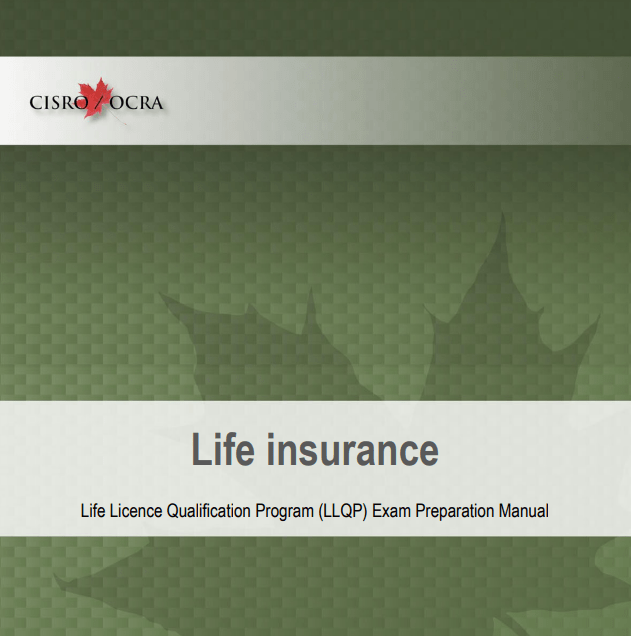
Thank you for attending our webinar on commercial mortgage brokering. You can download the slide deck by scrolling to the bottom of this page.
To view upcoming webinars and events please go to www.remic.ca/events
An Introduction to Commercial Mortgage Brokering – April 24, 2015, One Day Workshop – $148 – ONLY $98 using discount code web0409
You will learn:
Module 1: Overview of the Commercial Mortgage Market • Describe the size and scope of the commercial mortgage market • Discuss the income potential in a commercial transaction • List and describe the different types of commercial properties • List and describe the key participants in a commercial transaction • Describe the key differences between the commercial mortgage market and the residential mortgage market • List the steps in a typical commercial mortgage transaction 2.
Module 2: The Application • Complete a mortgage checklist • List the information required to be obtained from a potential borrower • Understand the purpose of a Letter of Engagement 3.
Module 3: Application Analysis – Income and Appraisal • Describe how Financial Statements are used in the underwriting process • Understand the importance of the Net Operating Income (NOI) • List what is included when calculating the NOI • List what is excluded when calculating the NOI • Use the NOI and the Rate of Return to determine value • Identify a commercial appraisal 4.
Module 4: Application Analysis – Ratios : • Define the DSCR • Understand the importance of the DSCR • Calculate the DSCR • Determine the maximum loan amount using the DSCR and the LTV 5.
Module 5: Application Analysis – Credit • Differentiate between the credit report a consumer receives and the report an Agent/Broker receives • List the main credit bureaus in Canada • Interpret and analyze a credit report • Explain the components of a credit score • Recognize a Dun & Bradstreet commercial credit report 6.
Module 6: Application Analysis – Environmental Assessment • Define an ESA • Explain the differences between a Phase 1, Phase 2 and Phase 3 ESA 7.
Module 7: Submitting the Application and Obtaining a Letter of Intent • List the different commercial lenders in the marketplace • List the required contents of an application package • Identify a Letter of Intent • Identify a Commitment Letter
We hope to see you there!
Joe White
[wpdm_package id=’2138′]






